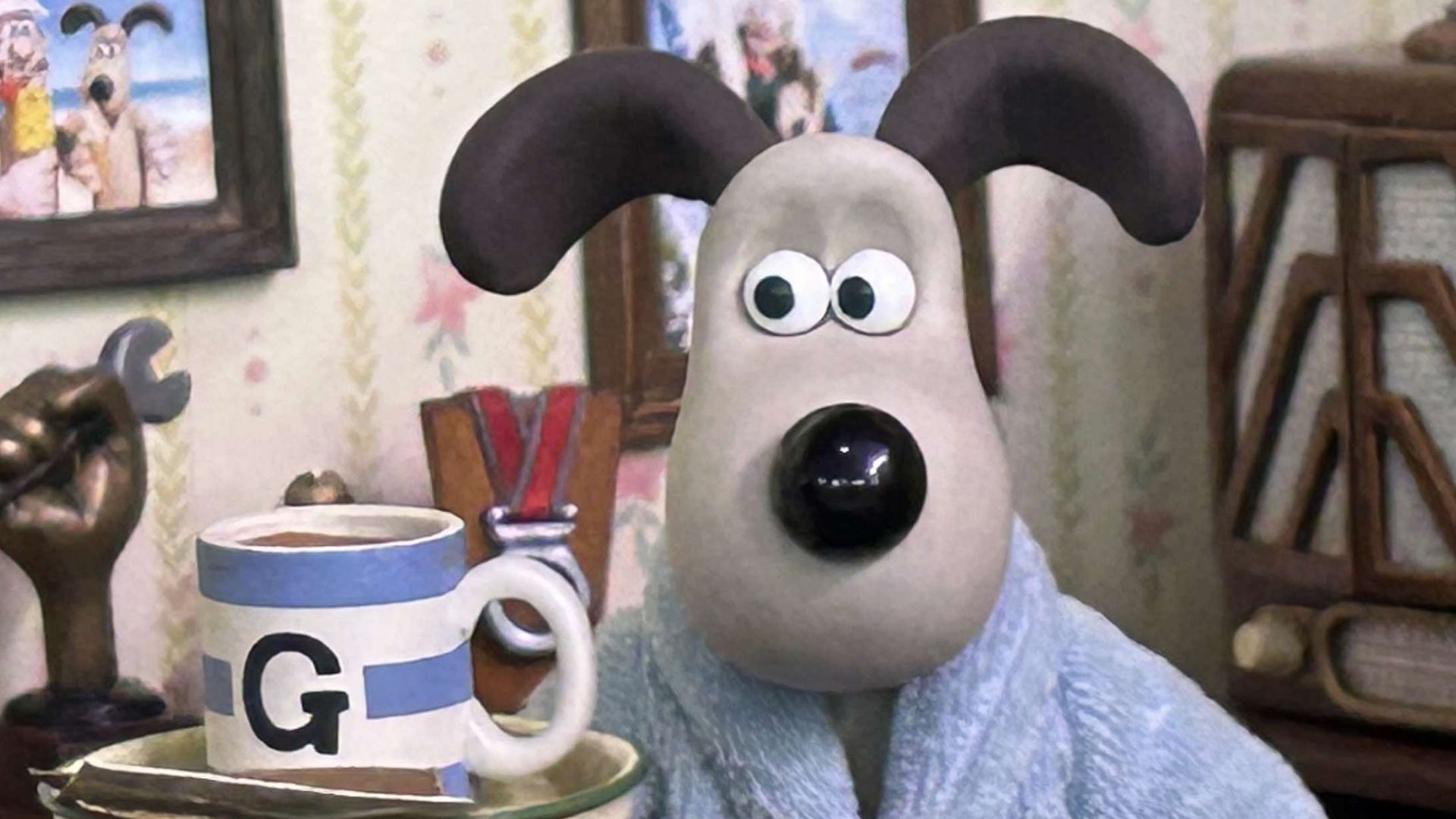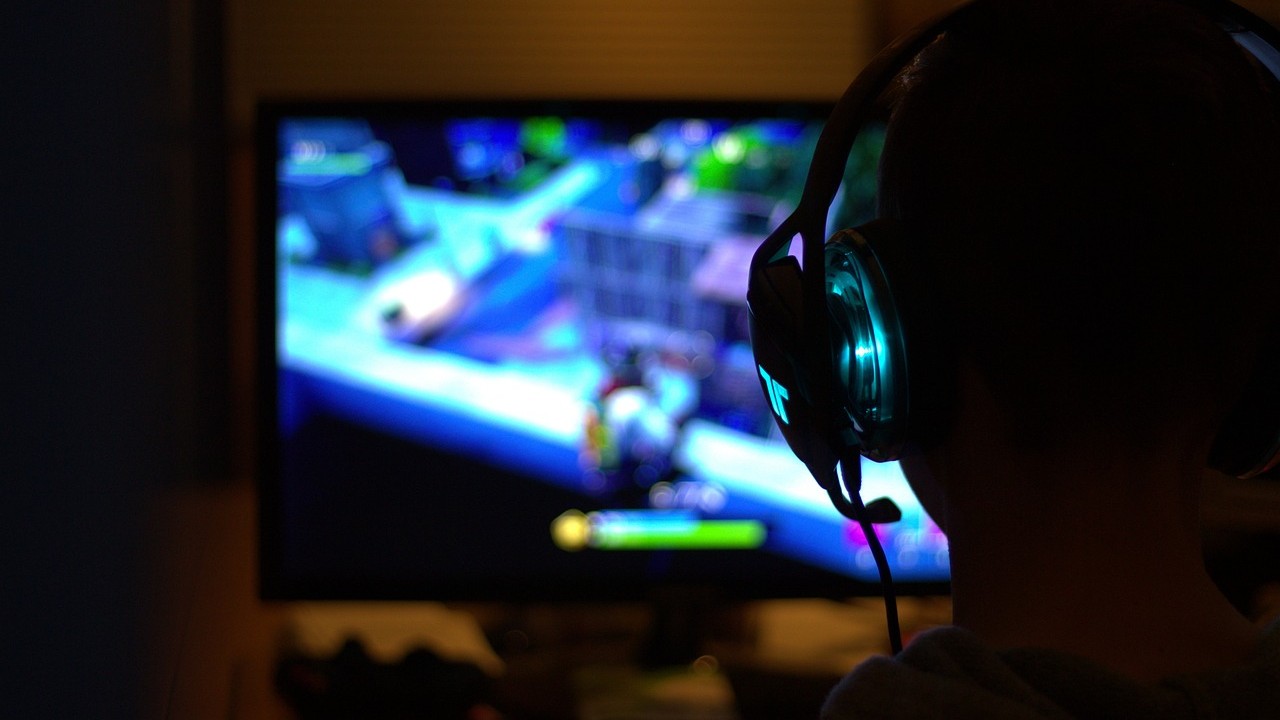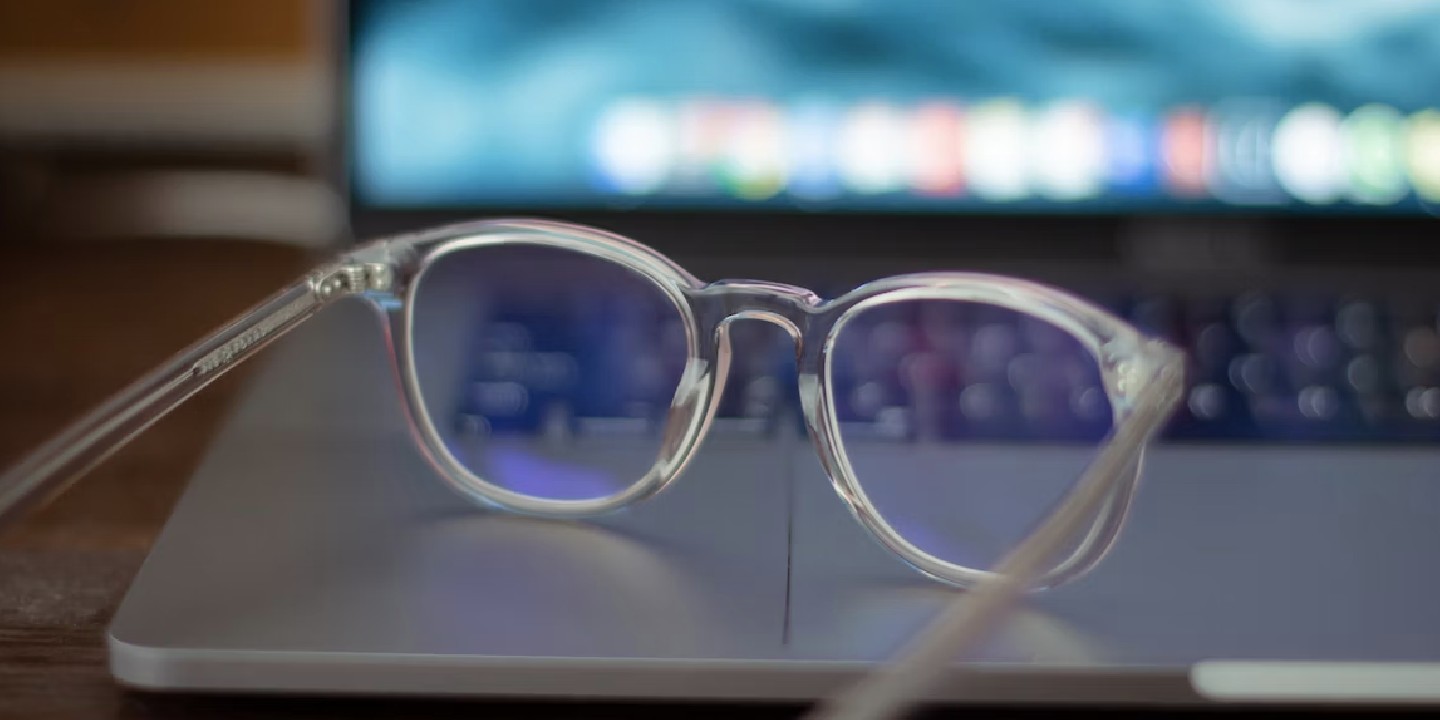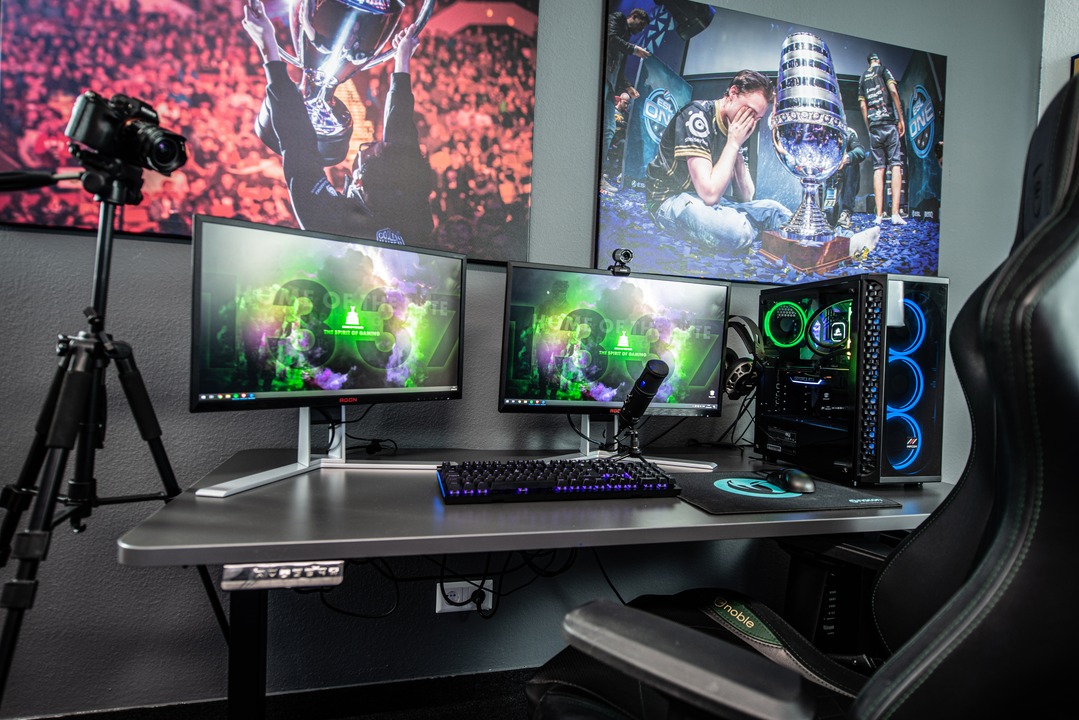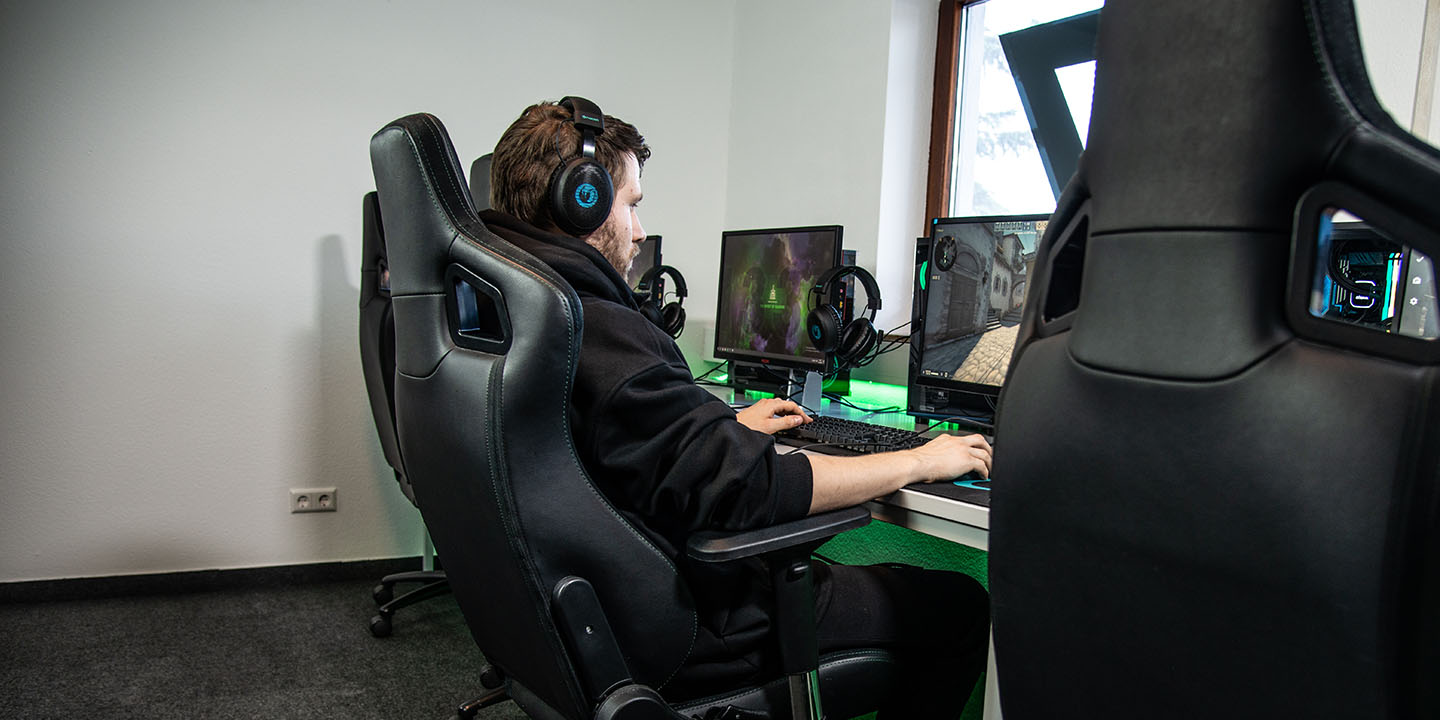Putting A Stop To AI: Guillermo del Toro Just Unveiled His Plans For A Stop-Motion Studio
Putting A Stop To AI: Guillermo del Toro Just Unveiled His Plans For A Stop-Motion Studio
Returning Art to Human Hands
While tech titans are devising ways of computerising imagination, there’s a strange relief in hearing Guillermo del Toro talk about puppets. He recently announced the creation of a stop-motion studio inside Paris’s Gobelins school, where students will spend years perfecting the angle of a wrist joint or the texture of a raindrop on felt. We could call that old-fashioned, but it feels radical now. Del Toro, joined by Netflix’s Ted Sarandos, says it’s not driven by nostalgia but by the need to keep the artistic process firmly in human hands.
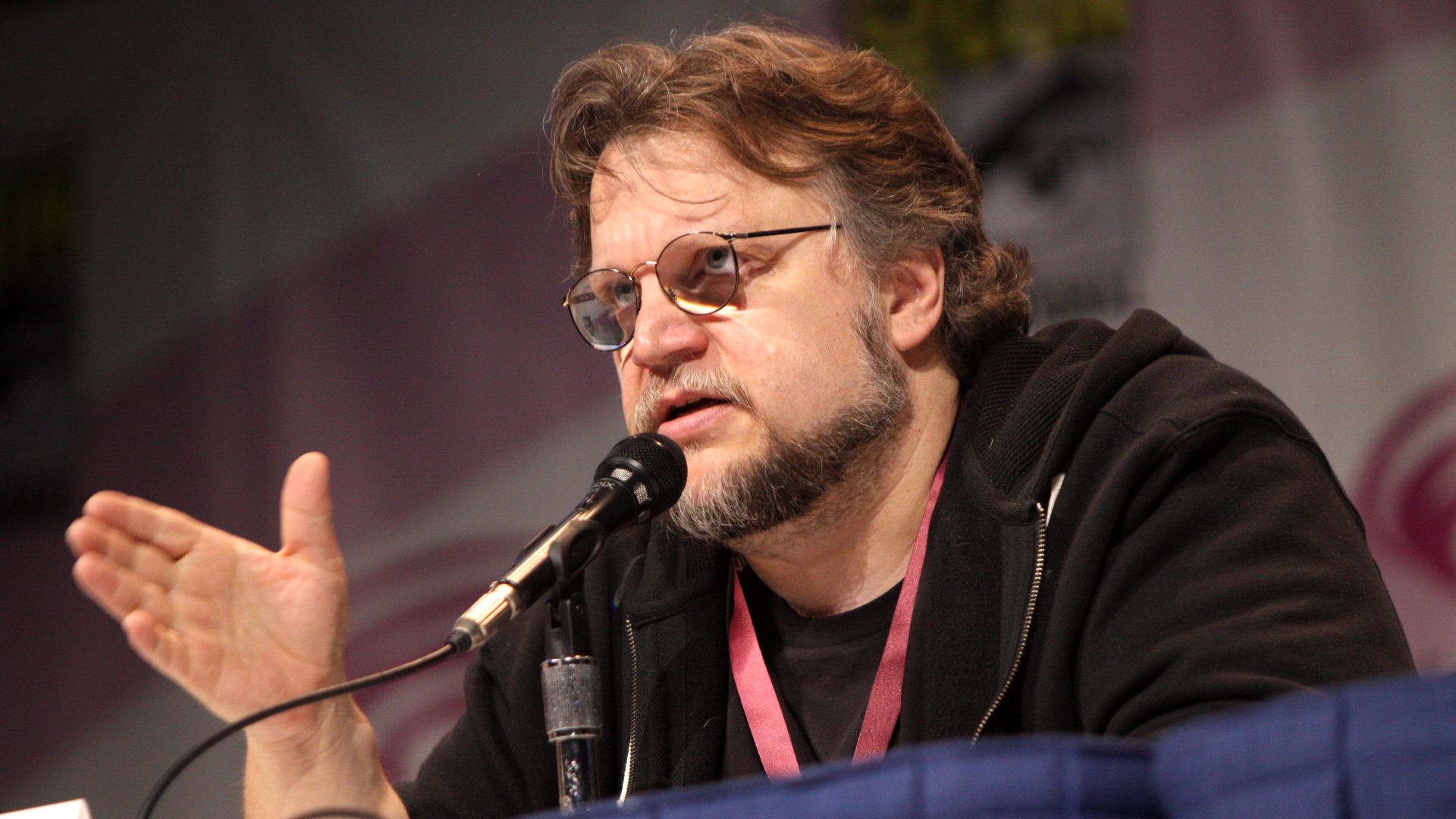 Gage Skidmore from Peoria, AZ, United States of America on Wikimedia
Gage Skidmore from Peoria, AZ, United States of America on Wikimedia
The Human Pulse Behind Clay and Wire
Stop-motion is somehow both eerily alive and visibly artificial. Every blink and step is coaxed into existence by a hand hovering just outside the frame. Del Toro calls it “slow food for the eyes,” and you can see why. Where CGI gives us glossy perfection, stop-motion gives us imperfections baked into the frame. You can sense the presence of whoever moved the puppet last night, three coffees deep, counting frames by instinct.
Learning to Move Slowly Again
Stop-motion is filmmaking in miniature. All the costumes, lighting, architecture, and emotion are reduced to a tabletop. We’ve been told faster is better, but when you watch a character made of silicone genuinely appear sad, you realize that speed and art don’t always go hand in hand. Think of Pinocchio. It took two years to make these stop-motion creations come alive. That’s not inefficiency; that’s devotion.
A Bridge Between Europe and Latin America
Del Toro, still very much the boy from Guadalajara, wants this studio to connect Europe’s precise filmmaking with Latin America’s raw folklore. Stop-motion in Mexico currently survives on scraps of funding and sheer stubbornness, and del Toro can't wait to see what happens when that grit meets Gobelins’ artistry. There’s a sense that this partnership is safeguarding the stories told by hand from digital intrusion.
The Ghost in the Machine
AI chews through data, synthesizing all the patterns in human artistry that serves as its training. Del Toro laughed when asked if he’d ever deign to use AI, replying, “I’d rather die.” The idea that our collective imagination could be flattened into a dataset is terrifying to most artists. We’ve all seen what happens when art gets optimized; it starts to become derivative.
Hope, Rendered by Hand
This studio represents hope for an art form under threat of being erased by technology. It’s a place where young animators learn to touch their stories, not just prompt them, leaving a genuine mark. There’s something far more authentic about shelves stacked with miniature faces, bits of hair, and paint than a warehouse full of humming servers. It’s not perfect, but it’s alive in a way no set of code has yet managed to crack.


